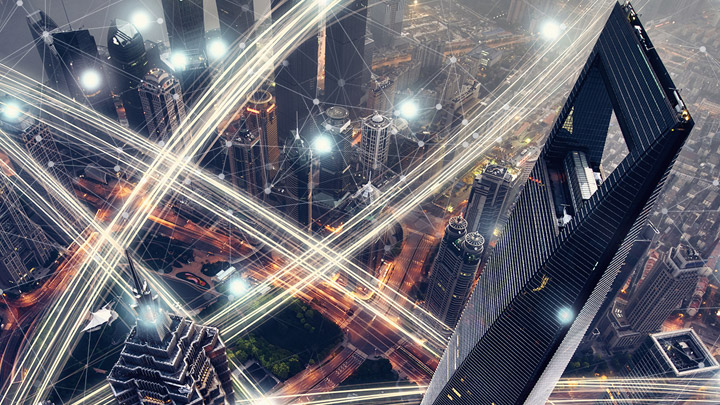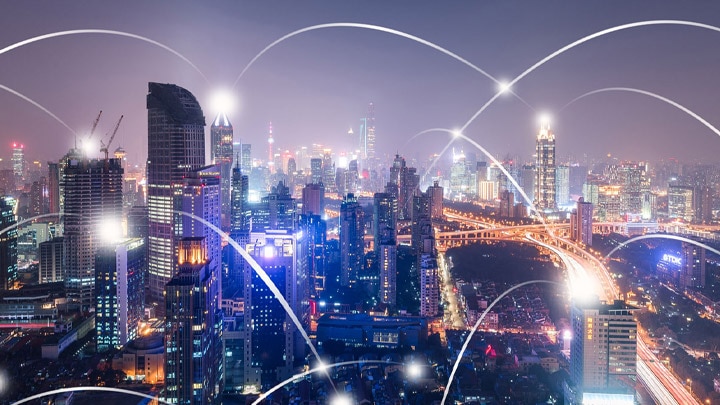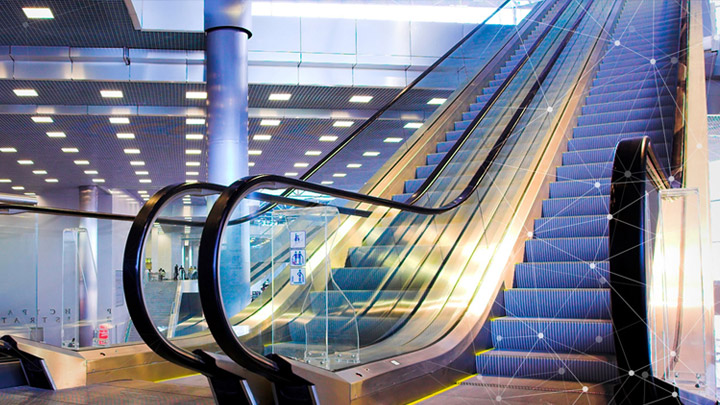Commercial lighting’s support for wireless communications is propelling it into the spotlight as an infrastructure for the Internet of Things (IoT). To make this happen, the Digital Addressable Lighting Interface (DALI) protocol had to evolve. Enter the sensor-ready (SR) interface and the SR standard, a new set of specifications approved just this month by Digital Illumination Interface Alliance (DiiA). They standardize how DALI drivers report data and make it easier to turn luminaires into communication nodes, paving the way for new IoT applications for lighting.
Thank you, DALI
We wouldn’t be here today, with a robust new SR standard for connected lighting, without DALI. Standardized in the early 90s as a digital bi-directional communication protocol for fluorescent ballast, DALI evolved in the first global communication protocol for LED lighting. This opened a vast market that now sustains a thriving community of large and small companies. Now, by taking the DALI protocol to the next level, the SR protocol supports IoT two-way communication and a new generation of lighting applications. And just as DALI did, it will spur the next wave of innovation and prosperity in our industry.
Inside the Sensor-Ready (SR) interface
The SR interface builds on DALI architecture. It uses a digital interface to connect the node (sensor) and the SR driver. This interface provides power to the node and digital two-way communication based on DALI-2. By integrating power supplies for sensors, energy metering and diagnostics inside the light fixture, rather than outside as previously, the SR interface simplifies luminaire design, manufacturing and installation. Moving to a wireless application means a field bus is no longer needed to link fixtures together using wires.
How did Signify develop the SR interface?
Signify industry partners often ask why we used a DALI architecture for the SR interface. They want to know whether we considered other protocols. The answer is yes, we did. But we expect faster industry adoption by starting with a well-accepted technology that is already open standard and hardened in the field. Especially through DALI-2 certification, DALI has become a trusted technology that works well in a lighting infrastructure.
DALI solved very real problems, such as the technical and safety issues related to voltage surges in buildings, cable connections and isolation of fixtures. We felt the best approach was to use what DALI taught us as a base, and innovate on it. For example, our knowledge from wired field bus applications helped us harden DALI controllers to reduce failure rates.
What DALI’s evolution made possible
By integrating two-way communications into the fixture, we’ve learned from the past and taken steps to simplify an architecture that was too complex, making it much easier to install and operate. And as explained in my recent technical white paper, we’ve opened a world of new sensor-driven use cases for both indoor and outdoor lighting. But for those to take flight, standardization is a vital first step.
The power of standards
Signify brought the sensor-ready interface to the market just two years ago. The specifications that describe the SR interface were recently finalized by the DiiA and ANSI C137, energizing the new IoT-driven markets for commercial lighting. The new DALI-based specifications enable smart LED drivers and luminaires that report operational, diagnostic and inventory data. They also make it easier to add sensors and network lighting controllers to luminaires by providing a power supply. Now customers can work with any supplier to deploy interoperable and future-proof technologies. In no time, we expect a flourishing ecosystem to grow up around SR products, supported by our SR certified program.
Are you ready to innovate?
Now it’s time for the lighting industry to work together, testing ideas and forging new relationships to develop the SR use cases the market wants. New markets in smart cities and smart buildings await.

Global Product Manager
Signify

Every light a Bluetooth beacon
Bluetooth technology embedded in light fixtures will spark massive adoption of smart lighting, enabling rapid setup using a smartphone app.

How luminaires can work smarter for all
While it’s useful to match lighting to different personal preferences, it’s even more useful to understand how and what different settings can create.

What does smart lighting mean for the future of emergency lighting?
Emergency lighting systems for commercial buildings typically do not get the attention they deserve.